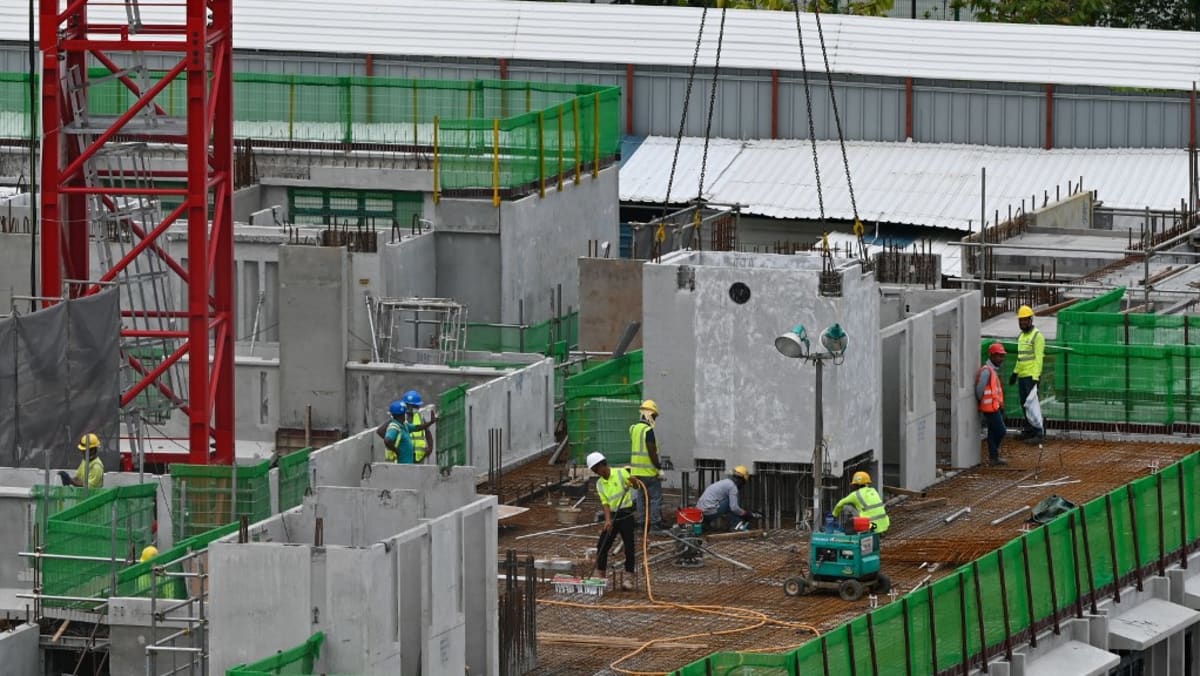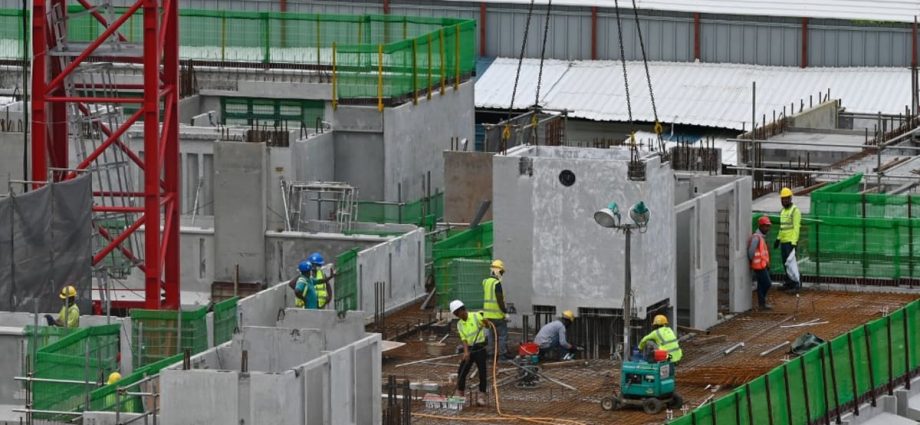
Singapore’s workplace fatality rate per 100,000 workers has fallen to 0.8 since the measures were imposed, down from 1.5 for January to August 2022, MOM said in a press release.
The MOM’s Workplace Safety and Health (WSH) target for 2028 is to keep the fatality rate below 1.
“The (heightened safety period) has served its purpose as an urgent call on employers to prioritise safety and bring down workplace fatalities,” it said.
However, the ministry noted that the major injuries rate per 100,000 workers worsened to 19.2, from 16.8 previously. The improvement in safety was also uneven across different industries.
Construction showed the most improvement, though it remains the top contributor to the absolute number of fatal and major injuries. The fatal and major injury rate in the manufacturing sector worsened to 39.3 during the heightened safety period, higher than the construction industry’s rate of 34.5.
“This indicates the need for more sector-specific intervention to improve workplace safety outcomes,” MOM wrote.Mr
Mr Zaqy Mohamad, Senior Minister of State for Manpower, also expressed concern at the major injuries rate. But he ruled out extending the heightened safety period indefinitely.
“It relies primarily on tougher enforcements and penalties, and is not a sustainable approach,” he said. “As we exit HSP (heightened safety period), we need to recognise that it takes the collective will, responsibility and effort of the entire ecosystem to keep our workers safe and healthy.”
NEW SAFETY MEASURES
To strengthen ownership of WSH “fundamentally and sustainably”, the multi-agency workplace safety taskforce will be retaining some measures from the heightened safety period and implementing new requirements.
The demerit points system for WSH breaches in the construction sector will be expanded to the manufacturing sector from October this year. Companies that accumulate 25 demerit points or more for WSH infringements within an 18-month period will be temporarily barred from employing foreign employees.

